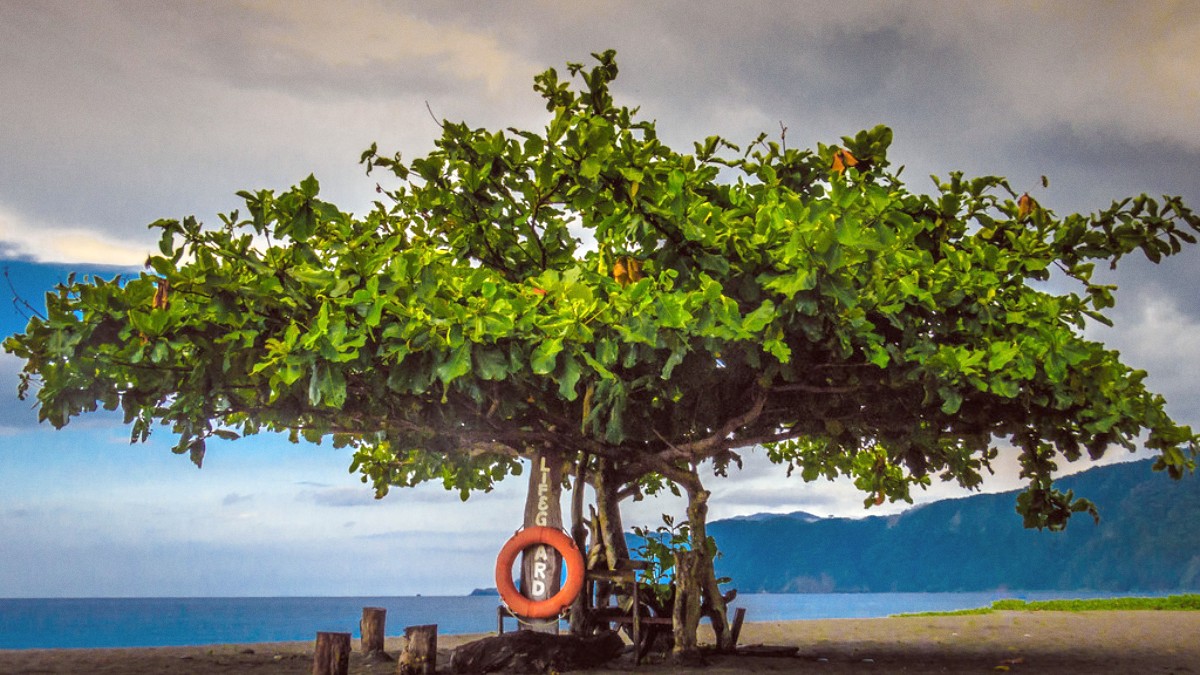
North Luzon, Philippines
Loakan Airport (BAG) is Baguio's local airport. It has a short runway and often experiences visibility issues due to fog, leading to frequent flight cancellations or diversions. Commercial flights remain limited and inconsistent. Most travelers arrive at Ninoy Aquino International Airport (MNL) in Manila, about 250 km (155 miles) south, or Clark International Airport (CRK) in Angeles City, Pampanga, about 150 km (93 miles) south.
MNL has four terminals with currency exchange, ATMs, duty-free shops, restaurants, lounges, and hotels. Free shuttle buses connect the terminals. CRK is a modern single-terminal airport with similar amenities. Consider services like Dollar Flight Club for deals or Skyscanner for comparisons.
These services are available for hire from both MNL and CRK.
The most common and economical option from major hubs.
Book bus tickets in advance, especially during peak travel periods.
MNL is the main gateway; CRK offers a good alternative for certain routes and budget carriers.
Buses are the main mode of connection to Baguio from major cities.
Especially during peak seasons, secure your bus tickets in advance.
Buses feature as the most popular and efficient way to reach Baguio. This is not applicable for Baguio's border crossing information. Baguio is an inland city within the Philippines. All travel within the country remains domestic.
Baguio has accessibility via well-maintained expressways (NLEX, SCTEX, TPLEX) from Manila. These connect to three main access roads: Kennon Road, Marcos Highway (Agoo-Baguio Road), and Naguilian Road (Baguio-Bauang Road). Consider DiscoverCars.com for rental options.
Expressways remain generally excellent. These are toll roads. Access roads to Baguio maintain quality but call for careful driving due to curves and inclines. Kennon Road is especially scenic but carries a higher risk of rockfalls and landslides during the wet season. Within Baguio, roads experience congestion, especially during peak season. Steep inclines and declines are common.
This section is not applicable to Baguio for sea/river arrivals. Baguio is a landlocked city, situated in the Cordillera Central mountain range. There are no direct sea or river arrivals. Travelers arriving by sea, like a ferry to Manila or a cruise to Manila or coastal Luzon, would then proceed to Baguio via land transportation.
This section is not applicable to Baguio. Baguio is a landlocked city, situated in the Cordillera Central mountain range. There are no direct sea or river arrivals. Travelers arriving by sea, like a ferry to Manila or a cruise to Manila or coastal Luzon, would then proceed to Baguio via land transportation.
Plan your departure from Baguio carefully. This leads to a smooth journey. No separate departure tax is collected at Philippine international airports. It is usually included in the airline ticket price. For international flights, travelers arrive at MNL or CRK at least 3 hours before departure.
MNL/CRK airports offer check-in counters, security screening, retail, and lounges.
Book your bus tickets in advance during peak travel periods to secure your seat.
Arrive at your departure point with ample time for a smooth process.
Buses are the main mode of transport for reaching Baguio from various points in Luzon. For local trips, combining jeepney rides for short distances with taxis for convenience balances cost and speed.
Renting a vehicle for extensive travel or independence is an option. However, driving in Baguio's steep, narrow, and often congested roads can be challenging. Parking is also a significant issue, especially in the city center.
Available at Burnham Park for recreational use within the park. No city-wide sharing programs exist.
Local tour operators offer fixed-route tour packages or chartered vans/buses for groups.
Accessibility infrastructure in Baguio remains limited due to uneven sidewalks and steep slopes.